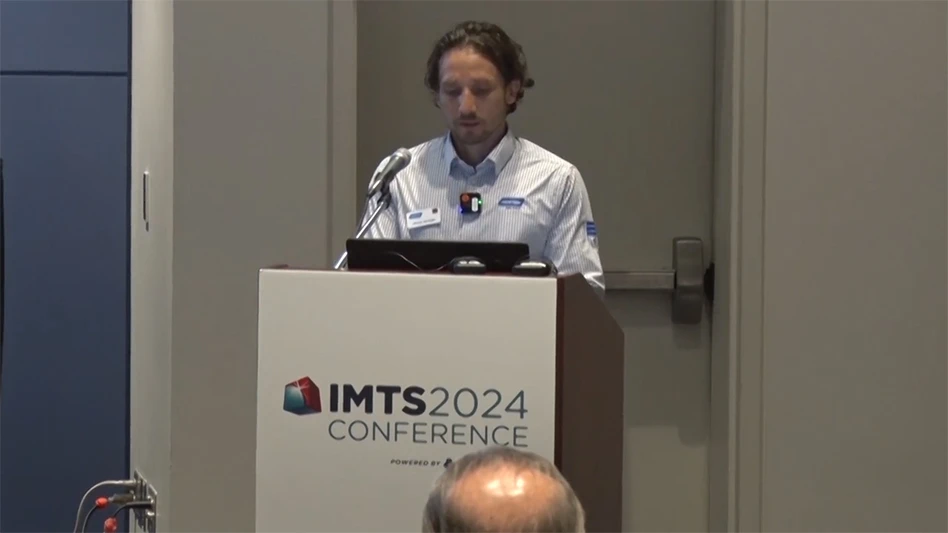
The massive batteries needed to power electric vehicles (EVs) tend to have a tradeoff – safety vs. energy density. The more power packed into cells, the greater the chances of thermal runaway, vehicle developer speak for batteries that catch fire.
Researchers at Penn State’s Battery and Energy Storage Technology (BEST) Center, believe they have a solution – a lithium-ion battery that can safely store high power levels for 1 million miles of travel.
For spirited driving, climbing hills, or simply merging onto traffic, batteries need to provide high energy. However, the faster you draw power from a traditional lithium-ion cell, the more heat you generate in the battery, causing damage that can lead to failures, fires, and explosions. Materials that have low energy/power density – high safety – tend to have poor performance in cars. There is no material that satisfies both.
“In this work we decided we were going to take a totally different approach,” says Chao-Yang Wang, professor of mechanical, chemical, and materials science and engineering, and William E. Diefenderfer Chair in mechanical engineering, Penn State. “We divided our strategy into two steps. First we wanted to build a highly stable battery with highly stable materials.”
Their second step was introducing instant heating. About four years ago, Wang developed a self-heating battery to overcome the problem of poor performance in cold climates. The Law of Kinetics states that reactivity increases exponentially with temperature. EV and hybrid drivers can tell you that range and performance falls dramatically in cold months because of that low reactivity.
The test battery uses an electric current to heat up in seconds compared to the hours an external heater requires. Heating the battery from room temperature to about 140°F (60°C), dramatically boosts the battery’s reactivity and performance.
“With these two steps I can get high safety when the battery is not being used and high power when it is,” Wang says.
The self-heating battery, called the all-climate battery, has been adopted by several car companies, including BMW, and was chosen to power a fleet of 10,000 vehicles that will be used to ferry people between venues at the next Winter Olympics in Beijing.
The BEST Center tests the safety of the battery using nail penetration equipment. They drive the nail into the cell causing short circuiting. They then monitor the cell for temperature and voltage. The difference in temperature for the self-heating battery’s passivated cell was 212°F (100°C) compared to a standard battery cell which was 1,832°F (1,000°C).
Because the batteries use stable materials, they have a long cycle life. Even heated to 140°F, they can last more than 4,000 charge-discharge cycles, more than 1 million miles of range.
The team’s next project will be to develop a solid-state battery, which will likely require heating as well.
The Department of Energy funded this work.
Penn State Battery and Energy Storage Technology (BEST) Center https://best.psu.edu
Latest from EV Design & Manufacturing
- ArcelorMittal announces plans for electrical steel manufacturing facility in Alabama
- APEX web tool helps users to optimize machine performance
- Partnership to develop dry battery electrode coating expands
- GROB Systems to demonstrate power skiving technology at PMTS 2025
- Startup develops sustainable, nontoxic alternatives to battery manufacturing chemicals
- Learn what you need to comply with CMMC requirements
- Envisioning electric vehicle charging in motion
- There’s still time to register for this week’s manufacturing industry webinar!





